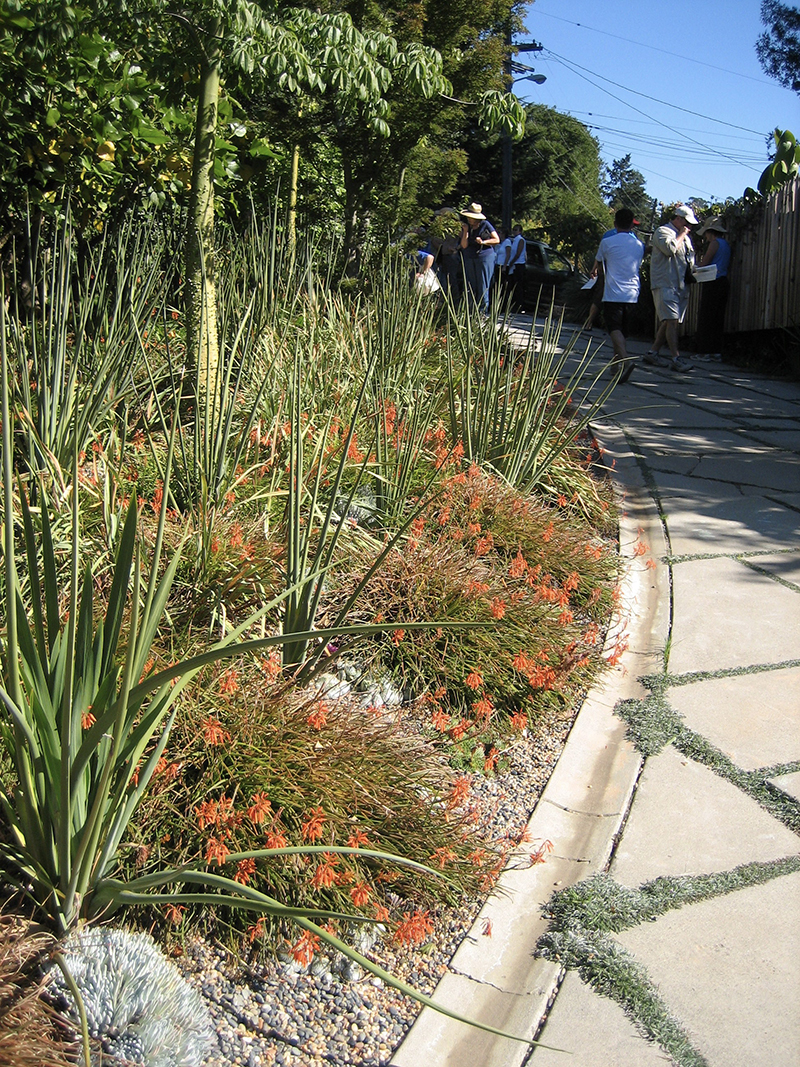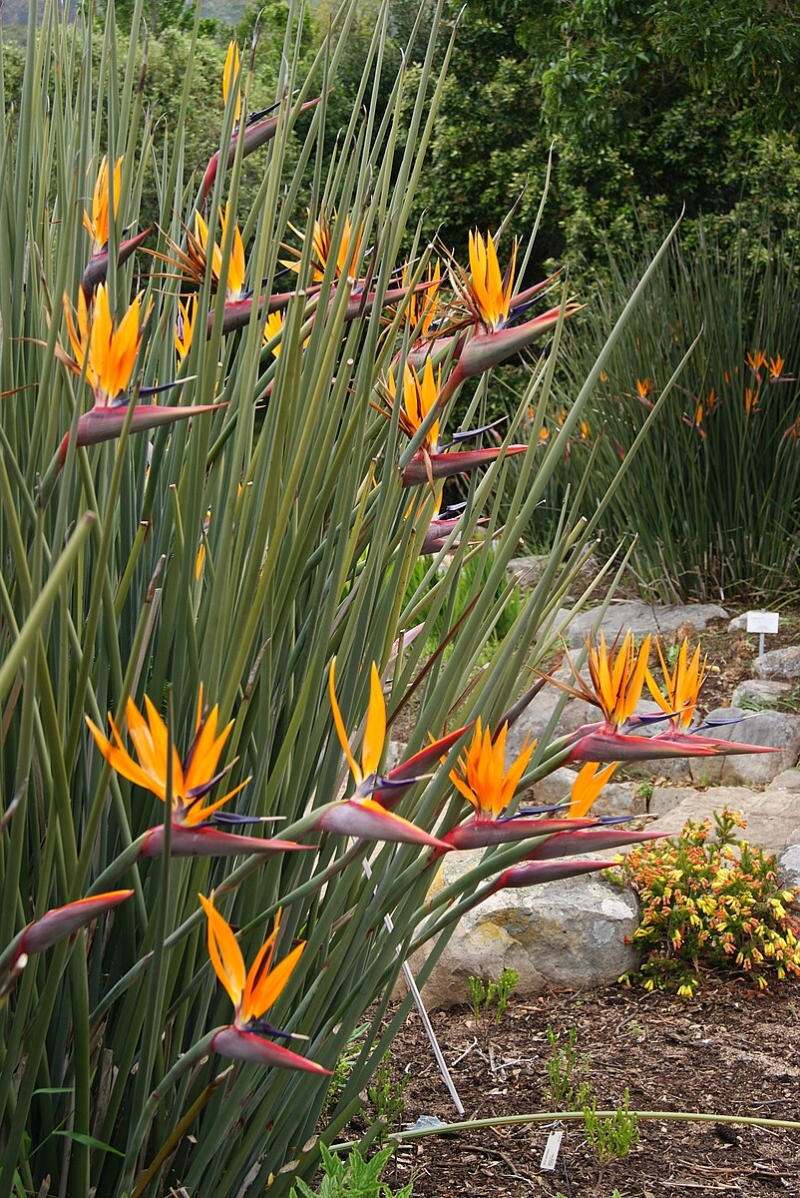


| height | 3–5ft | |
| width | 1–3ft | |
| tolerates | Drought, Pots, Wind | |
| water needs |
Low – Moderate | |
| water info |
While this bird of paradise looks tropical, don’t underestimate its durability. When you repot your bird of paradise you’ll see many succulent taproots; these make this plant incredibly drought tolerant. Once established, this plant easily grows with no additional water (in coastal California). They want deep regular watering to establish for several years, especially during dry months. Moving forward they prefer be watered when mostly dry. Some muse that this bird of paradise has evolved a leafless form to conserve water, likely making it better for a hot dry spot, but at this point its just too rare in cultivation to say for sure. |
|
| hardy to |
25F | |
| exposure | Part Shade – Full Sun | |
| indoor outdoor |
Outdoor | |
| drainage | In Ground: Cactus Mix, In Pots: Cactus Mix, Tolerates Sandy Soil | |
| fertilizing | All Purpose | |
| origin | E South Africa | |
| california native |
No | |
| sunset zones |
15–17, 19–24, H2 |
Full Sun
Six or more hours of sun beams directly landing on the plant's leaves.
Part Shade
Three to five hours of sun beams directly landing on the plant's leaves.
Part Sun
One to two hours of sun beams directly landing on the plants leaves.
Full Shade
The plant is never fully lit by sun beams,
but is in a bright spot or has dappled sunbeams playing over the leaves throughout the day.
Deep Shade
The plant never has dappled light on the leaves, and is in a place that feels dim, even on a nice sunny day.
